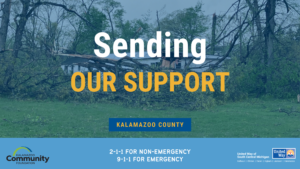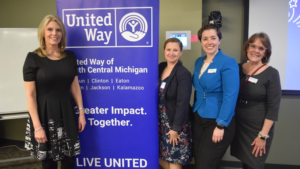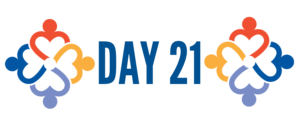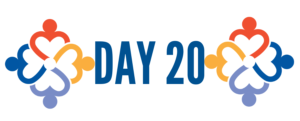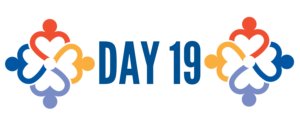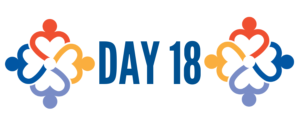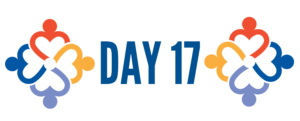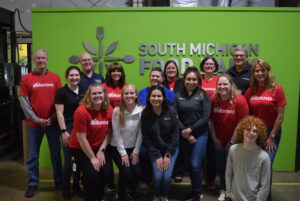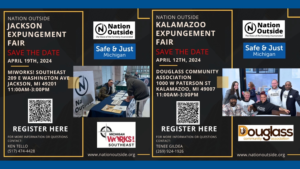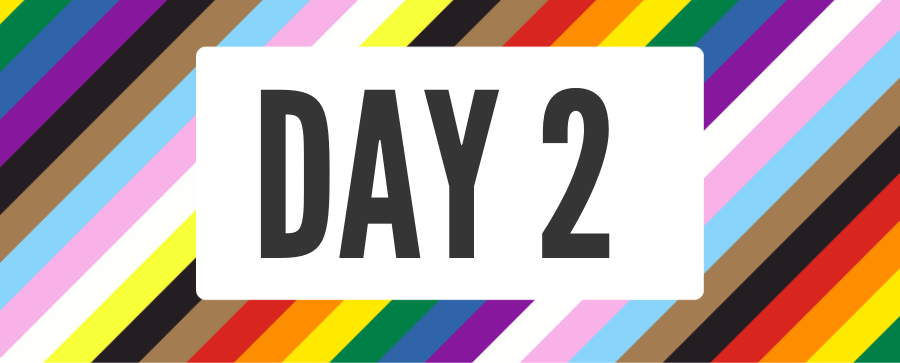
Intersectionality
“I am not free while any woman is unfree, even when her shackles are very different from my own.” – Audre Lorde, civil rights activist
A discussion of any marginalized group is not complete without a broader discussion of intersectionality. The Combahee River Collective, a group of Black, lesbian women is often credited for the concept of intersectionality. In 1977 the collective released a statement that highlighted the racism they experienced in the feminist movement dominated by white women and the sexism they experienced among Black liberation organizations that were largely led by Black men. They offered a strategy that centered the needs of Black women to better achieve the overall goals set out by feminists and Black liberation organizations. The term intersectionality was later coined in 1989 by Kimberlé Crenshaw to describe the ways in which systems of inequality based on gender, race, ethnicity, sexual orientation, gender identity, disability, class and other forms of discrimination “intersect” to create unique dynamics and effects.
For instance, a person who is Black and gay will likely experience a different complexity of discrimination through these identities. They never get to experience the world as just Black or just gay. And, as a result, their experiences aren’t just a sum of anti-Black and anti-gay oppression. They likely experience oppression in a way that is complicated by their multiple, oppressed identities.
Consider how someone’s experience may differ in the following scenarios:
- A woman boards a public transit bus
- A Black woman boards a public transit bus
- A Black woman who is a wheelchair user boards a public transit bus
- A Black trans woman who is a wheelchair user boards a public transit bus
If we were only to consider her experience as a woman boarding a bus, we would miss out on understanding the many other layers of her experience. Likewise, if we only considered her experience as a trans woman, we would not understand the fullness of her experience.
We must consider our equity work through an intersectional lens in order to ensure programs, policies, practices, and norms are strategically designed and cultivated to ensure access to all.
TODAY’S CHALLENGE
Read:
- White Privilege: Unpacking the Invisible Knapsack by Peggy McIntosh
- The Combahee River Collective Statement (1977)
Watch:
- What Is Intersectionality? | Queer 101, The Advocate (January 25, 2018). [3 minute video]
- The Urgency of Intersectionality, Kimberlé Crenshaw, TED Talk (December 7, 2016). [18 minute video]
Engage:
- Complete the Identity Wheel with your own identities. Jot down your responses to the discussion questions. What do you notice about the identities you think most about? Least about? Why might that be?
- Consider these 15 Examples of Intersectionality.
Discuss:
- How does intersectionality show up in your own life?
- How are your experiences similar to or different from others’ who share some of your identities but not others?

